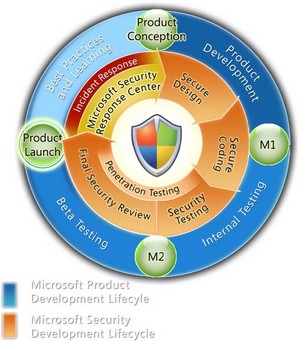This article writes about how one study shows that violence in video games is linked to increased aggression. In a test done at Michigan State University, researchers found that “playing violent video games leads to brain activity pattern that may be characteristic for aggressive thoughts.”
Widely reported, this study will inevitably become part of a larger discussion on violence in video games. Now, that may not be a bad thing, but I’m not so sure of the science behind the study itself. In my opinion, the premise, methodology and conclusions of the study are deeply flawed.
Furthermore, I get really uncomfortable with research such as this, because inevitably it leads to some politician grandstanding about how bad video games are for society and then some type of legislation gets put into place. Or, more realistically, anti-violence attorneys like Jack Thompson sue more video game companies.
TechDirt starts the discussion with some very, very good points:
“…researchers from Michigan State say that violent video games cause brain activity characteristic of aggression — or at least it did in 11 young German video gamers they tested. The study looked at the effects of a first-person shooter game on 13 German males between the ages of 18 and 26 that play an average of 15 hours of games a week — hardly a comprehensive sample, and one made up of subjects that are probably already somewhat aggressively minded.
But aggressive thoughts directed at the game itself — what some might call being engaged by it — aren’t harmful. It’s a question of acting on aggressive thoughts outside the game, something the study doesn’t touch on [my emphasis]. It misses the point: while video games may cause feelings of aggression while they’re being played, it’s what happens to those feelings afterwards that can become problematic. It seems like most of the instances of violence blamed on video games happen after kids play, not during.
Right. You certainly do (and should) feel increased aggression as you’re blowing some poor alien to smithereens. And that brings in the “so what!!!!” factor of the study.
But let’s move to the science behind the study. In light of the fact that we only recently saw a study published that showed that most published research findings are false, one also has to look at the methodology, which itself is troubling. The study used a type of brain scan called fMRI. According to researcher Dr. Grace Jackson, there are two types of brain studies done by scientists: Anatomic studies — using Computed Tomography (CT) and MRIs, to capture images of the brain, and are widely used by doctors to identify static things like tumors, cysts and blood clots. Then, there are functional studies, which use techniques like Functional MRI (fMRI) and Positron Emission Tomography (PET). These methods attempt to evaluate brain processes when a person is doing various things (thinking, eating, sleeping, playing video games, etc.).
These types of functional studies are incapable of measuring brain activity. Rather, what these technologies actually reflect are transient changes in blood flow. In the Michigan study, there was also no reference to the numerous correlation problems which undermine the validity of most comparison studies, as researchers commonly fail to control for the influence of age, gender, body size (weight and height), drugs (licit or illicit), medical conditions, physical activity, education, and diet. Finally, there was no acknowledgment of the fact that the use of these technologies remains controversial. Due to theoretical and practical limitations, the application of studies using fMRI and PET are restricted to research settings at this time. In other words, one should not make public policy out of it.
To wit, Professor Mark Griffiths at Nottingham Trent University, had this to say about the study:
“…I do not think that this alone proves that there is definitely a link between watching violent video games and people being aggressive or violent in their actual lives….there are too many other of what we call ‘conflicting and confounding variables’ – people may also be affected by such things as the amount of violence in their lives or the violence they watch on television. We need more research before we draw up definitive conclusions.”
Notice he uses the term “confounding variables”. A confound is a term describing the ambiguity that results when correlations are made between relatively unimportant variables and important variables.
In other words, since what fMRI shows is simply transient changes in blood flow, one could as easily argue that these fine Teutonic males were, in fact, simply suffering from a well-deserved case of flatulence after eating too much bratwurst. With no controls in place (where were the people who didn’t play the video games?) and a research methodology that is known to be controversial and experimental, one truly starts to cast a doubtful eye on the study’s sweeping statements.
I recall playing Doom years ago and getting some pretty intense adrenaline kicks, but I certainly didn’t become more aggressive. It stands to reason that when you’re playing them, you get into the game. But we’re increasingly finding that violence in schools, etc. are related to a whole raft of other factors.
Now, I am not in favor of violent video games and as a father, I honestly don’t see much good in video games in general compared to reading, sports, programming, etc. I have two boys and both of them have played their share of video games. Aggression was certainly not a problem. If anything, it almost muted them, which was more disconcerting.
My solution to any aggression problem with my boys has always been fairly pragmatic — the family has strict rules for respect and decency, and from a physical standpoint, caffeine is absolutely banned in the house (for the kids, not the adults!), they are fed a healthy diet, given lots of love and we get them outside to play sports — certainly the best form of therapy for any child.
Alex Eckelberry

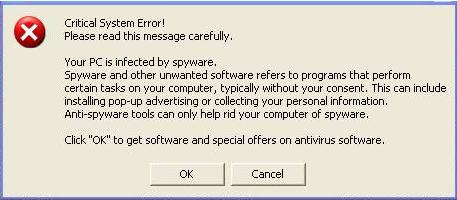
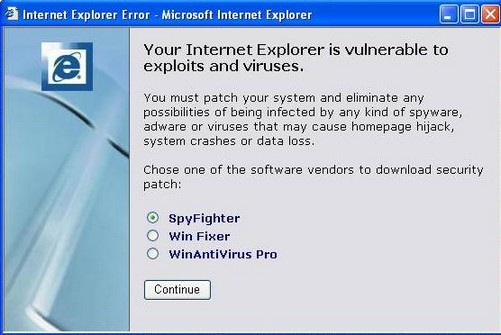
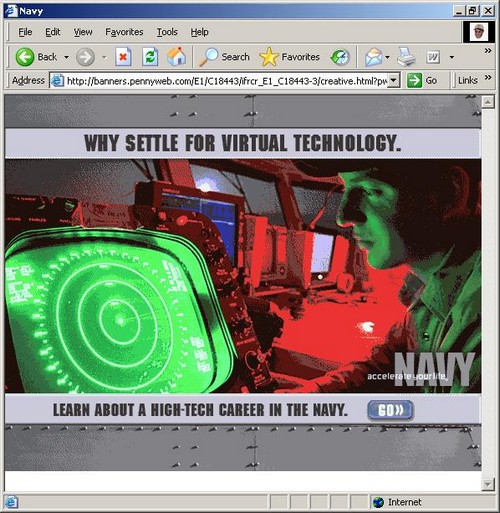
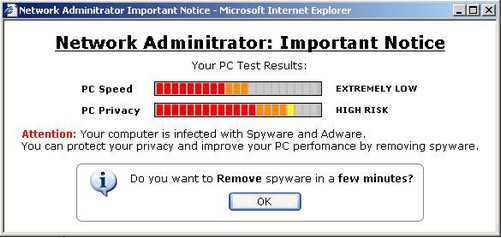
![Header_03[1]adf](http://sunbeltblog.eckelberry.com/wp-content/ihs/alex/header_03%5B1%5Dadf_20.jpg)





